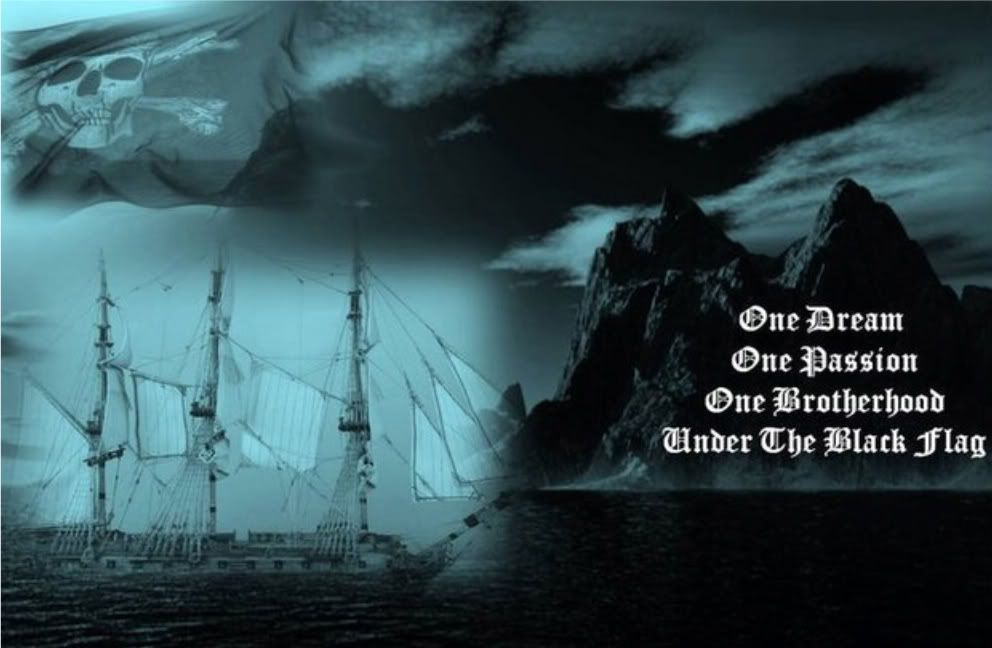Captain Simon de Danser
Captain Simon de Danser.Dutch, Corsair 5:17 π.μ.
Siemen Danziger (c. 1579 – c. 1611), better known by his anglicized names Zymen Danseker and Simon de Danser, was a 17th century Dutch-Flemish privateer and corsair. His name is also written Danziker, Dansker, or Danser.
Danseker and the English pirate John Ward were the two most prominent renegades operating in the Barbary coast during the early 1600s, both of whom were said to command squadrons in Algiers and Tunis equal to their European counterparts, and represented a formidable naval power as allies (much like Aruj and Hayreddin Barbarossa the previous century).[1] Later in his Barbary career, Danseker became known by the Turkish epithet Simon Re'is.
He is suspected of teaching the Turks and the Moors to use sailing ships to go through the Strait of Gibraltar as early as 1601. [2] [3] Commanding a vast squadron made up of English and Turks while in the service of Algiers, [4] he captured over 40 ships in a two-year period after "turning Turk" and was stopped only after his capture and execution in 1611. Both men are featured prominently in Kitab al-Munis fi Akhbar Ifriqiya wa Tunis written by Tunisian writer and historian Ibn Abi Dinar. [5]
A Dutchman from Dordrecht by traditional accounts, he first arrived in Algiers from Marseilles, France around 1600 or 1601 where he eventually married and began a ship building business. Finding himself in the service of the Pacha, he soon became the chief naval architect for the Bey of Algiers teaching Algerian shipwrights how to build and use the larger European "round ships" as opposed to the ancient rowed galleys. He later used captured prizes as models to show his officers the management and navigation of round ships, which had higher decks, banks of sail and cannon.
The exact circumstances are vague as to the reasons behind his becoming a corsair. However, he "was made welcome as an enemy of the Spaniards" and had become one of the taiffe's leading reis within three years of his arrival. Often bringing Spanish prizes and prisoners to Algiers, he became known under the names Simon Re'is, Deli-Reis (Captain Devil) and Deli Kapitan due to his exploits on the sea. His fleet quickly grew in power, as he incorporated captured ships into his fleet, and was supplied by Algiers with men and use of their shipyards. He was also the first to lead the Algiers out of the Straits of Gibraltar, the farthest distance any had ever successfully navigated, and traveled as far as Iceland. Iceland would later be attacked by Barbary corsairs in 1616. Simon took at least forty ships and sank many of them during the three years that followed. The people on the Barbary coast and the Turks gave Simon the nickname Dali-Capitan which means Devil-Captain. After three more years of pirating he had become quite rich and lived in an opulent palace. Simon The Dancer attacked ships of any nation and made trading in the Mediterranean Sea increasingly difficult for every nation. Many nations therefore looked for ways to stop his attacks (by counterattack, bribes for safe-passage or even employing him as a privateer in their navy).
Simon soon became aquatinted with other renegades, particularly Englishman pirates Peter Easton and John Ward, and he formed a powerful alliance with the latter. Eventually, a French fleet under the command of De Beaulieu de Pairsac, while being assisted by eight Spanish galleys, for a short time threatened to capture him, but because of a sudden storm he was able to escape; he sailed along the coast with his ships where his pursuers could not reach them. Eight more Spanish men-of-war, under the command of Don Luiz Fayzardo, and an English squadron, under the command of Sir Thomas Shoreley, were also trying to capture Simon The Dancer at that time. Some of the exploits of Simon The Dancer are mentioned in a report written by Edward Barker in 1609.
Although having converted to Islam years earlier, he apparently continued practicing Christianity in secret. In 1609, while taking a Spanish galleon off Valencia, he used the opportunity to communicate a message to Henri IV and the French court through the Jesuit priests onboard. He wished to return to Marseilles, having left his wife and children behind long ago, and wished to be exonerated for his crimes. He was reunited with his family later that year, shortly after arriving in Marseilles with four well-armed warships on November 17, 1609. Welcomed by the Duke of Guise, he presented to him "a present of some Turks, who were at once sent to the galleys".
He resided in Marseilles for a time before he was requested by French authorities to embark on a diplomatic mission to secure the release of French ships being held in Algiers. Agreeing to return, he was lured from a French ship and, once ashore, he was immediately seized and beheaded for his past attacks on Muslim shipping. William Lithgow, a Scottish adventurer present at the time, referred to him as "the onely inveterate enemy of the Moores" and later wrote "Loe there was a Turkish policy more sublime and crafty, then the best European alive could have could have performed". [6]













